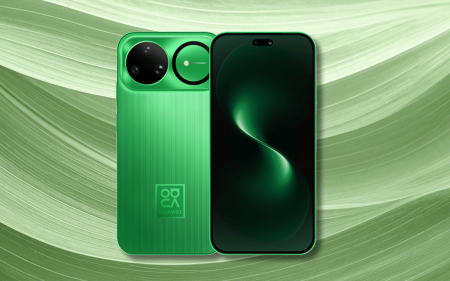As much as we loved spending time with Lenovo’s first entry into the handheld gaming scene with the Legion Go, we can’t pretend that the R16,000 (at the time) starting price was anything to cheer for, and Lenovo knows it. That’s why it’s reportedly plugging away at the Legion Go S – a more affordable offering that could better penetrate the market. Windows Central reckons it’s already laid hands on some bona fide renders.
Lenovo Legion ThinkPad?

At first glance, everything seems entirely in order, aside from the lack of a trackpad on the device’s right-hand side and a new white chassis – closely resembling Asus’ original ROG Ally effort. We can’t get a true idea of the display size here, but the supposed lower price tag suggests that it’ll come in under the 8.8in display on the original Legion Go. You’ll also notice that the kickstand and buttons on the rear have disappeared too.
Replacing the touchpad appears to be a “nub”, similar to Lenovo’s TrackPoint cursor you’ll often find in its ThinkPad range of laptops. We were quite big fans of the original trackpad, but we like the idea of removing it in place of something smaller and less likely to get in the way – a problem we did occasionally deal with the first time around. On top are two USB-C ports, which means the bottom has likely been left bare.
Read More: Intel, Tencent collaborate on a glasses-free 3D handheld for PC gamers
It also appears that Lenovo has ditched its TrueStrike controllers in favour of cheaper, non-removable controllers. Its removal isn’t likely to upset many – but we’re sad to see them go. It was one of the few great features that set it apart from the competition, even if it was copying Nintendo’s strategy. We hope the TrueStrike name returns when Lenovo brings out a true successor to the Legion Go.
Specs-wise, we rely on the word of Videocardz, which reported last week that the Legion Go S includes the new Ryzen Z2 platform, specifically the Z2G “Rembrandt” config. That might sound like an upgrade, but if this is targeted to the masses, there has to be a catch, right? Well, yes. Videocardz points out that the new chip features Zen 3+ cores, falling short of the Zen 4 cores lodged inside the first console.




